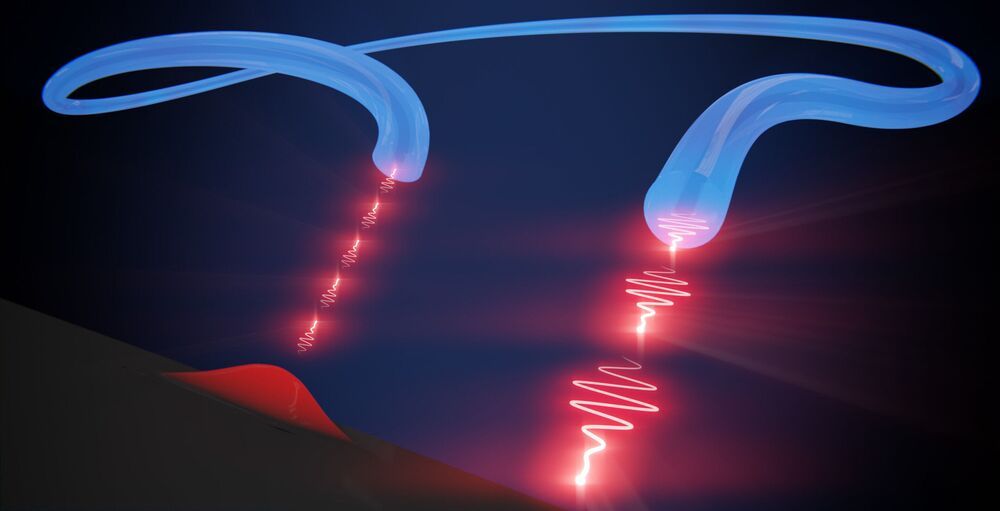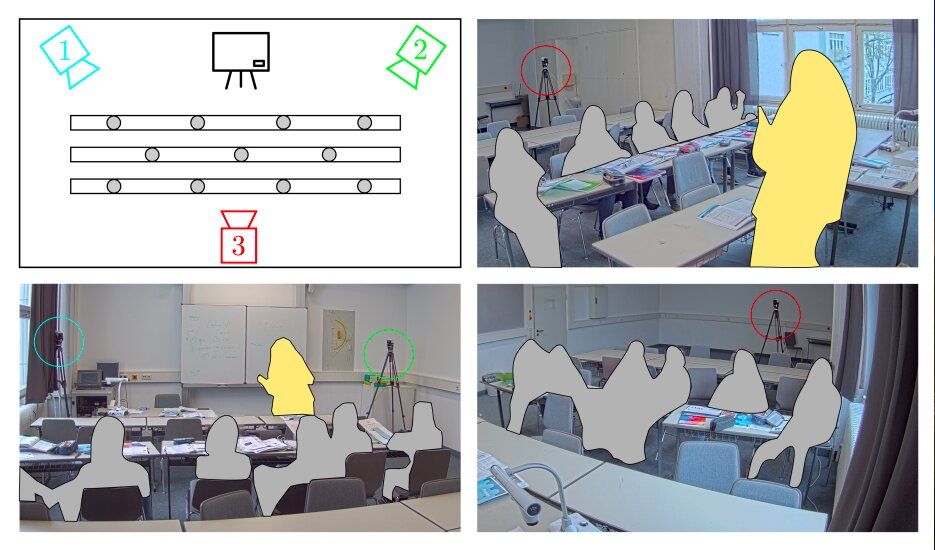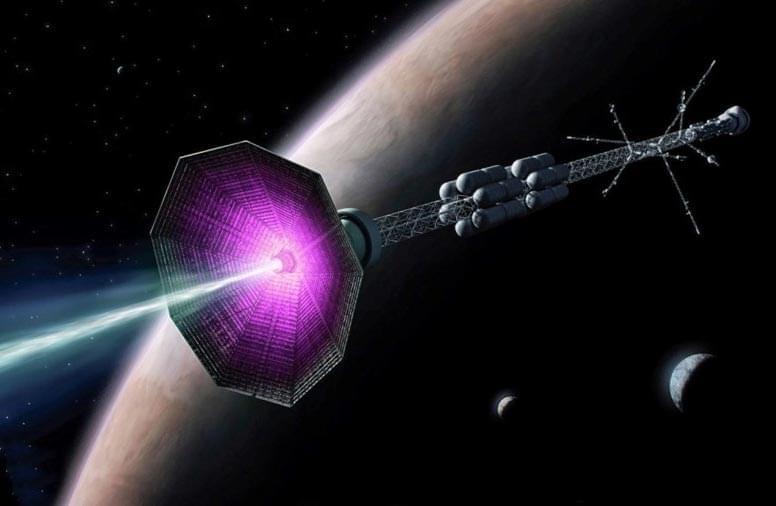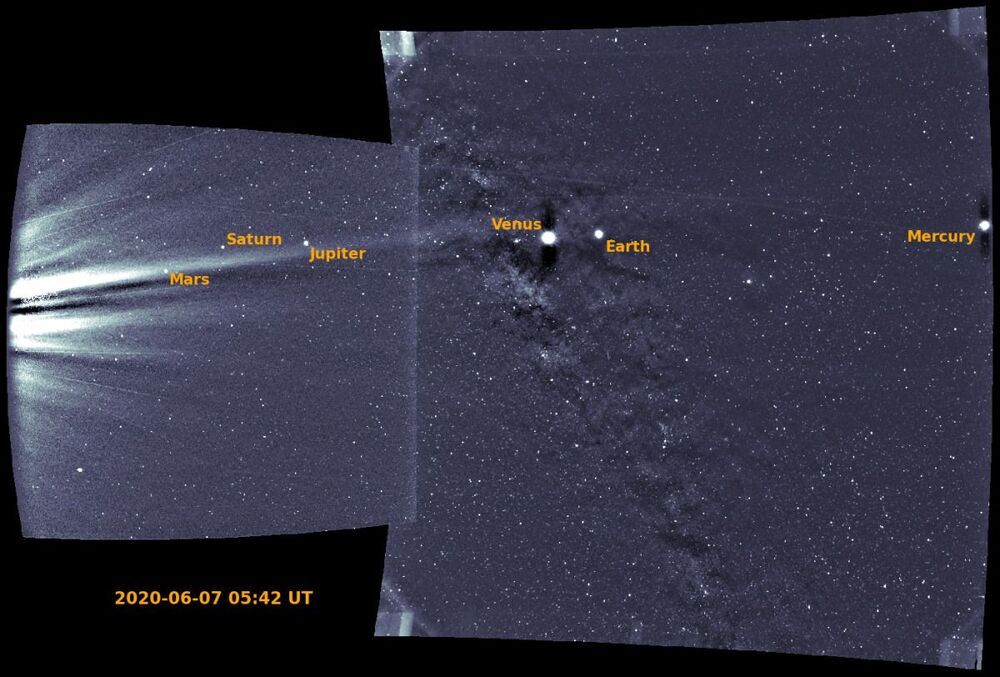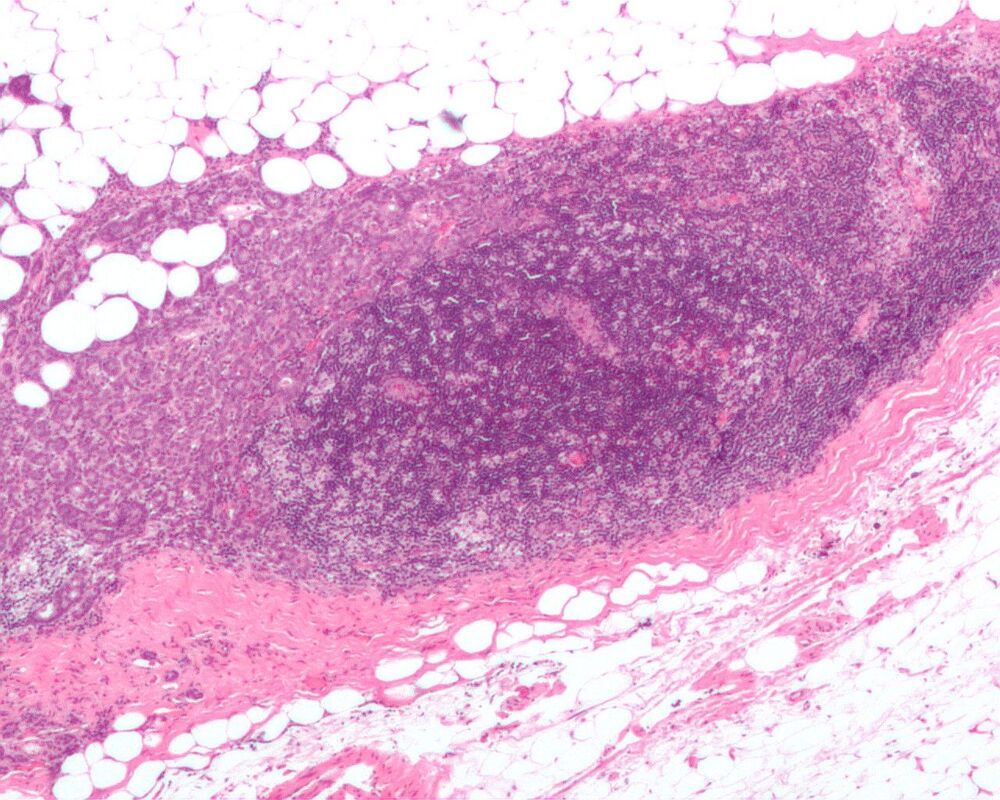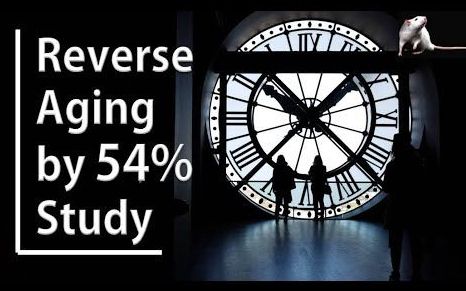Researchers at the University of Basel and Ruhr University Bochum have developed a source of single photons that can produce billions of these quantum particles per second. With its record-breaking efficiency, the photon source represents a new and powerful building-block for quantum technologies.
An international team of researchers has used modeling techniques borrowed from chemistry applications to create a new kind of city simulator. In their paper published in the journal Proceedings of the Royal Society A, the group describes using their models to create simulations of of COVID-19 spread for two real-world cities: Birmingham England and Bogota Columbia.
Past research has identified student engagement, or the extent to which students participate and are involved in classroom activities, as a crucial factor determining both the quality of education programs and the academic performance of individual students. As a result, many educators worldwide are actively trying to devise courses that maximize student engagement.
A new type of rocket thruster that could take humankind to Mars and beyond has been proposed by a physicist at the U.S. Department of Energy’s (DOE) Princeton Plasma Physics Laboratory (PPPL).
The device would apply magnetic fields to cause particles of plasma (link is external), electrically charged gas also known as the fourth state of matter, to shoot out the back of a rocket and, because of the conservation of momentum, propel the craft forward. Current space-proven plasma thrusters use electric fields to propel the particles.
The new concept would accelerate the particles using magnetic reconnection, a process found throughout the universe, including the surface of the sun, in which magnetic field lines converge, suddenly separate, and then join together again, producing lots of energy. Reconnection also occurs inside doughnut-shaped fusion (link is external) devices known as tokamaks (link is external).
Three sun-studying spacecraft captured stunning images of the planets Venus, Earth, Mars and even Uranus.
A team of researchers with members from institutions in the U.S., Sweden and Taiwan has developed an artificial intelligence system for predicting breast cancer years before tumors appear. In their paper published in the journal Science Translational Medicine, the group describes how they developed and trained their system and how well it worked when tested.
“” Billionaire Mark Cuban is taking aim at the pharmaceutical industry by launching a generic drug company dedicated to providing low-cost versions of high-priced, highly marked up medicines.
The Mark Cuban Cost Plus Drug Co. plans to offer 100 low-cost versions of high-priced drugs by year-end.
Gearing up for the interview with Harold Katcher!
Epigenetic age reversed by 54%. Scientific trial by Horvath Clock.
In this video we will discuss a paper entitled “Reversing age: dual species measurement of epigenetic age with a single clock”.
The paper can be found here https://www.biorxiv.org/content/10.1101/2020.05.07.082917v1.full.
The paper is a preprint available on bioXriv on a study showing the reversal of age in rats through exchange of blood plasma. Blood plasma of older rats was exchanged for that of younger rats which lead to the older rats having a reduced epigenetic age and many improved biomarkers, including reduced inflammation.
The age of the rats’ tissue was assessed by Dr Steve Horvath using 6 separate clocks which covered individual tissue as well as a pan tissue clocks.
Hyundai’s worked with a company called Urban Air Port to create infrastructure for future eVTOL, and the UK government is on board.
